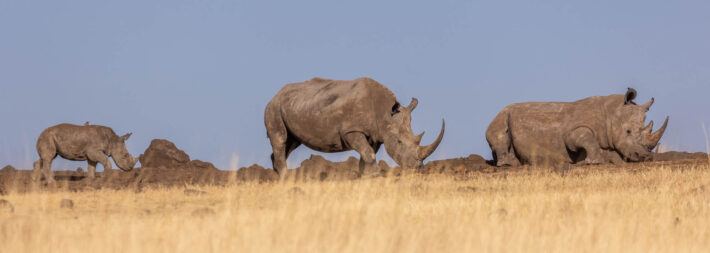
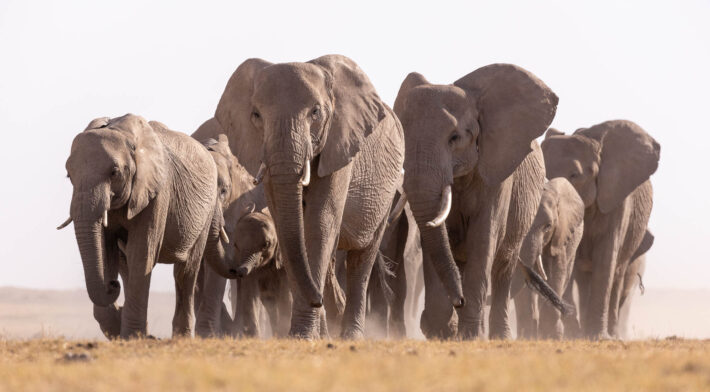
The big five (lions, leopards, elephants, rhinos and hippos) are on most African visitors’ target list. Two of them (elephants and rhinos) share a common trait, protrusions on their head. These protrusions make them poaching targets. They are also the two larges land mammals in world. And we were lucky enough to see plenty of each, including some real up close and personal encounters
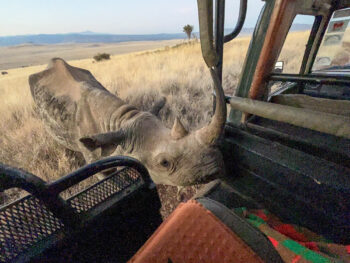
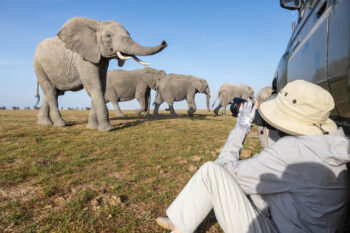
And yes, these encounters did get the heart rate going.
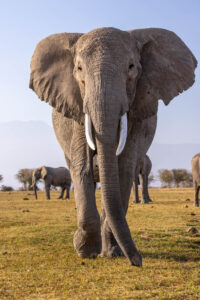
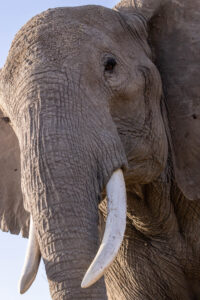
While they look somewhat alike tusks and horns are different. The difference here is the substance of the tusk vs. the horn. Tusks are the front teeth of mammals that protrude outside of their mouths, are made of ivory which is comparable in substance to a tooth, and keep growing throughout the animal’s life. Horns project from the animal’s head and are made of a bony core covered in keratin, similar to our hair and nails, which continues to generate throughout the animal’s lifetime. However both are prized by poachers
While we saw both at many places on our trip, we were lucky enough to spend time in two reserves that featured large populations of each. The first one was the Lewa Conservancy is in Northern Kenya which is dedicated to preserving the rhinos. They about 1/7 of Kenya’s rhinos are on the property (225 or so) which meant they were relatively easy to find.
There are two types of rhinos the black and white. The white have a square jaw, are slightly larger and are relatively more numerous than the black
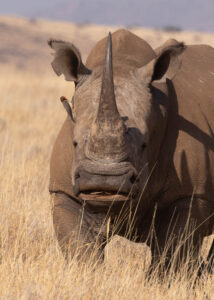
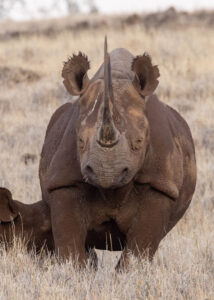
The origin of the name rhinoceros is straight forward – it gets its name from its most famous feature: its horns. The word rhinoceros comes from the Greek words rhino (nose) and ceros (horn). The organ of black and white is a lot murkier. The general consensus is that the white rhino got its name from the old Dutch word “wijd” which means wide and was mistranslated/evolved into “white” ( White Rhinos was because they literally have a wide, square mouth to enable them to graze the grass which makes up their diet). The origin of the black rhino name is even murkier.The species probably derives its name as a distinction from the white rhino and/or from the dark-colored local soil that covers its skin after wallowing in mud, which has some validity seeing black and white rhinos see by side
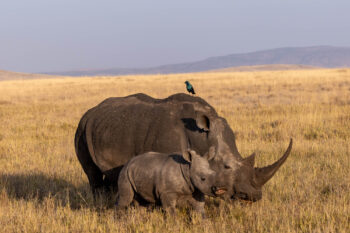
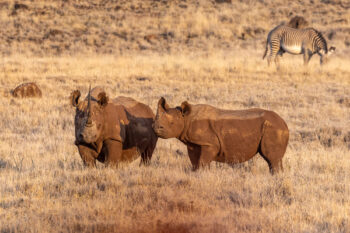
Kitirua Reserve was our next stop, right next store to Amboseli National Park, which is known for its views of the immense Mount Kilimanjaro, just across the border in Tanzania, and according to many, is the best place in the world to see free ranging elephant herds.
A major feature of the area is dry lake bed, which provides some amazing photo opportunities as the elephants cross it during the day moving from their sleeping area to their food.
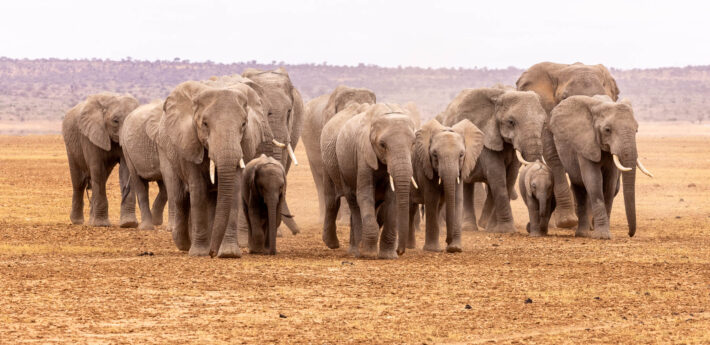
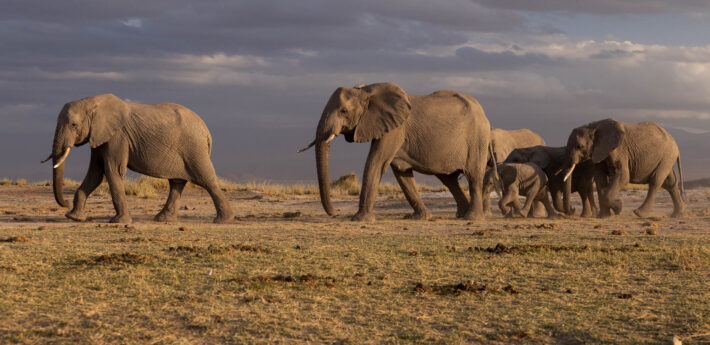
Here’s what it looks like in real time
The money shot is to get the elephants in front of for Mount Kilimanjaro. Not easy as Mount Kilimanjaro is covered by clouds probably 75% of the time, and then you have to get the elephants in right place. But the clouds parted a couple of times for us, and we managed to get the shot.
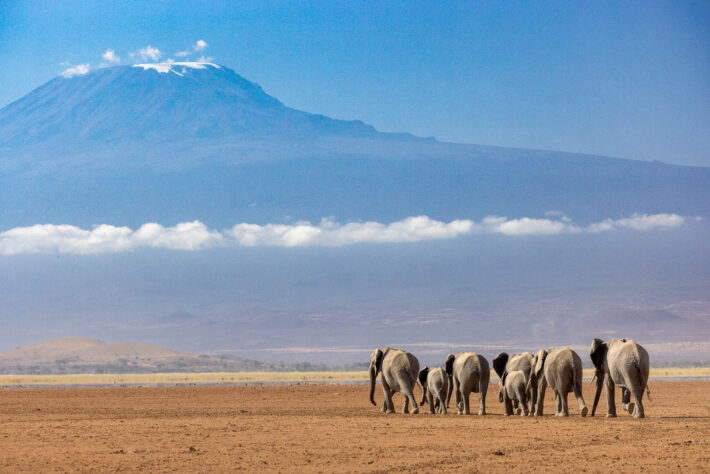
One of the rarer elephants are the “big tuskers’ These are elephants whose tusks are so large they can scape the ground. There are only 20 left in the world, mostly in the Amboseli area. We were lucky enough to see 3 of them, including Craig, 52 years old and the largest in the park.
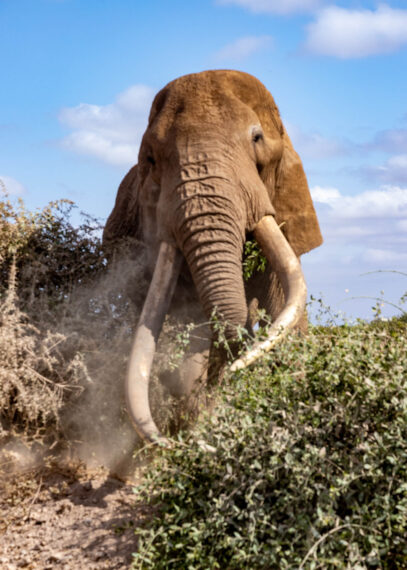
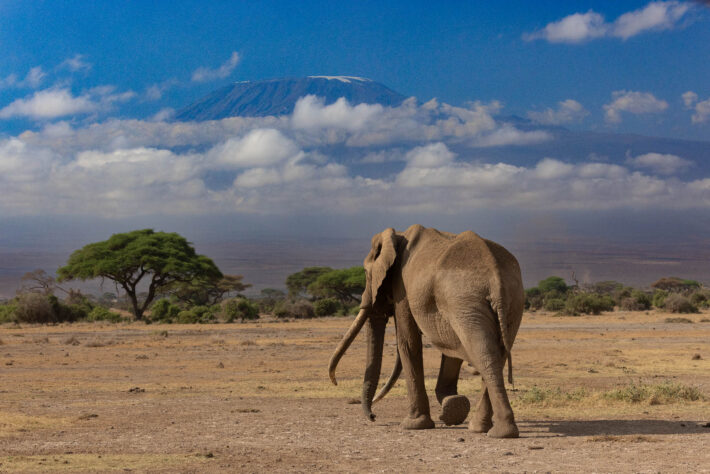
One other common trait elephants and rhinos share is that they can’t jump. The means a low fence can be an effective barrier for managing these animals and protecting. This low fence was effective in keeping this elephant from coming into the ranger’s camp, and similar sized ones protected us in our camps.
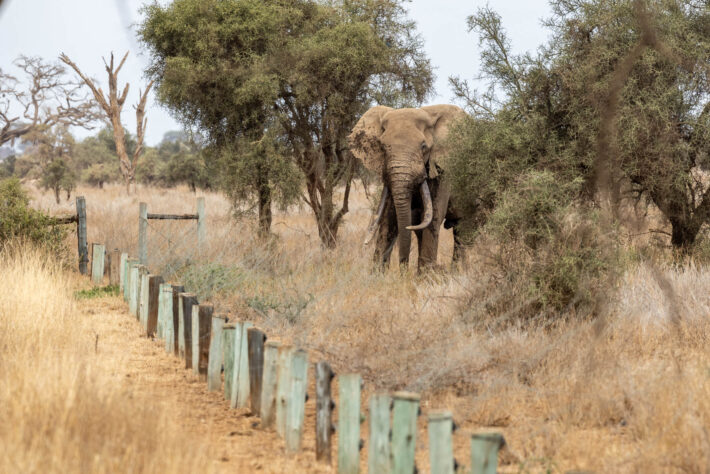
Being in Africa for 35 days, we had a lot of great experiences, and have broken our trip report into 4 sections:
Migration – Migration
Cats and More Cats. – Cats and More Cats
Horns and Tusks – Tusks & Horns
Potpourri of Wildlife. – Potpourri of Wildlife